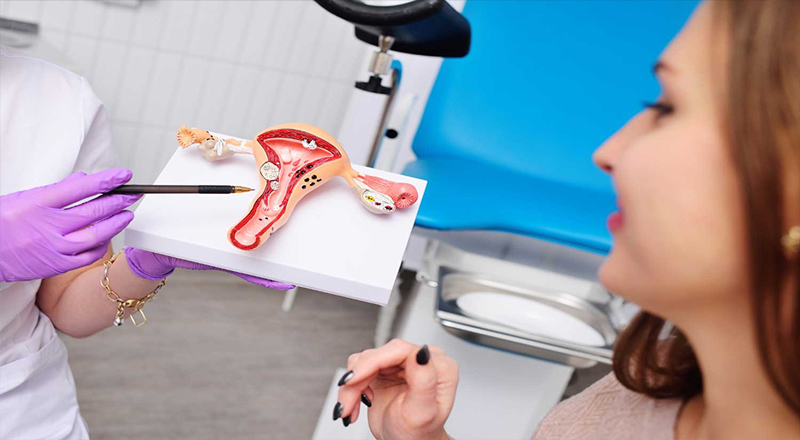Exploring the growth mechanisms of uterine tumors could provide optimism for the numerous women enduring the agony of fibroids. Approximately 8 out of 10 women experience the development of noncancerous fibroids in their uterus, leading to symptoms such as pain, excessive bleeding, and infertility. Scientists at the University of Cincinnati have identified that fibroid cells employ distinct signaling pathways compared to uterine cells.
Stacey Schutte, an assistant professor of biomedical engineering at UC’s College of Engineering and Applied Science, said, “That’s important for identifying therapeutic targets because we want to target the tumor without affecting the surrounding tissue.”
According to the National Institutes of Health, treating fibroids can be costly and invasive, with billions spent each year. Such treatments may also lead to infertility. Dr. Schutte, with expertise in this field from Emory University, notes that one in nine women may undergo a hysterectomy in their lifetime, and fibroids contribute to one-third to one-half of these cases. While not usually life-threatening, the pain can be severe, as contractions push the tumors into muscle tissue.
During each menstrual cycle, estrogen and progesterone are released, causing the thickening of the uterus lining in anticipation of pregnancy. These hormones also stimulate the growth of fibroids. Dr. Schutte clarifies that cells respond to physical strain akin to a defensive response. Referencing cardiovascular studies, she highlights that mechanical forces can induce cells to generate more extracellular matrix, resulting in an enlargement of tissue size.
UC researchers grew fibroid and uterine cells on plates with a flexible bottom. They exposed them to mechanical strain using a tension device. This mimicked the environment fibroids experience in the uterus.
According to study lead author Rachel Warwar, MD, fibroid cells were more sensitive to strain, showing differences in how they held their shape. These findings emphasize the need to consider hormones and mechanical pressure when studying fibroid cells.
Approximately 4 out of 5 women encounter fibroids, contributing to a substantial healthcare expenditure of up to $9 billion each year in the United States. Conventional treatments primarily target hormones that fuel fibroid growth. Scientists exploring non-hormonal alternatives have the goal of safeguarding fertility for women desiring pregnancy.





